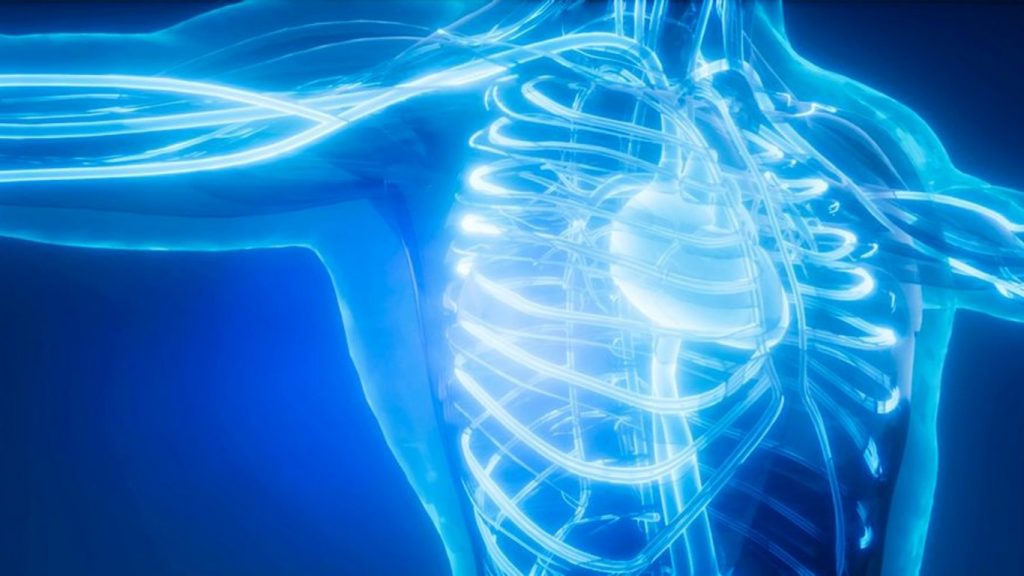NASA has made all the preparations to dispatch a 3D human tissue printer to the International Space Station. This printer will be used to heal wounds by printing human skin. The company has been testing 3D printers in space for about seven years now.
Printing in microgravity allows cells to grow as they naturally grow inside a body. In microgravity, cells can “float” and grow in three dimensions, up, down, left, and right, without being limited to the boundaries of a petri dish.
This printer will make the process of wound healing faster in space. The printer is called Bioprint FristAid and is developed by the German Space Agency. 3D organ and tissue printing are critical for NASA’s future mission to the moon, Mars, and beyond.
This will make astronauts self-sufficient and healthy as they are the main agents in space missions. Recently, two teams from the Wake Forest Institute for Regenerative Medicine WFIRM in North Carolina won the first two prizes of NASA’s Vascular Tissue Challenge. The winning team was awarded the cash price of half a million dollars for building a 3D printer that printed out human liver tissues.
The idea of printing the organ with the help of the body’s own cells is smart because this reduces the chance of tissue rejection from the body as the organ will be composed of its own body cells.
NASA has also been testing three more 3D human tissue printers. Two of these work as ordinary 3D printers do, printing a layer of cells on top of another. The other one uses powerful magnets to position the cells in place. NASA is very optimistic when it comes to the use of these organic 3D printers in space. They aim to improve life on earth and in space through this technology by eventually printing human organs.

